Apps Zone

The Allure of Gaming Rhythm Adventures
In the realm of digital entertainment, video games have perpetually evolved, blending genres in fascinating ways to captivate audiences across the globe. Rhythm Adventure games bring a unique blend of immersive musical experiences and challenging gameplay that makes them exceedingly popular among gamers today. These games are not merely about completing levels or hitting high scores; they provide a visceral experience where the beats guide your journey, seamlessly integrating audio with precise, responsive mechanics. Take, for example, Rhythm Adventure 1953, which combines the traditional arcade music runner framework with cutting-edge visual styles and hit songs from 2024. Players are drawn to its vibrant neon levels, which set the stage for an adrenaline-pumping adventure, unlike any seen before. The guiding concept is simple yet profoundly engaging—players must slash rhythm tiles while avoiding traps. What sets this game apart is the intuitive one-thumb control scheme that makes it accessible to novices and challenging for veterans. Playing Rhythm Adventure becomes not merely an exercise in reflexes but a dance with the music. Emphasizing neon visuals evokes a hyper-modern aesthetic that resonates well with today's gamers who are as much drawn to the look and feel of a game as its mechanics. What stands out in such games is how they demand players to engage their auditory senses to decipher visual patterns, making the music an indispensable component of the gameplay itself. Rhythm Adventure games such as these offer an optimal balance between fun and challenge, improving cognitive abilities as players synchronize their actions to the rhythm, eventually leading them to become the star in their own cyber neon space.
Design and Development of Rhythm Games
The development of games like Rhythm Adventure encompasses a robust and creative process that requires careful planning and execution. The fusion of sound and interactive graphics in a way that captivates players' senses requires a multidisciplinary approach involving game designers, musicians, sound engineers, graphic artists, and software developers. The primary goal is to craft an experience where gameplay and music are interlinked, with both elements enhancing each other symbiotically. The creators have to delve deeply into music theory to choose tracks that are both popular and conducive to gameplay. EDM, Hip-Hop, KPOP, Dance, and even Piano tracks must be curated with a particular emphasis on capturing rhythms that are not only engaging but also discernible within a gaming context. This necessitates editing tracks to fit the game's levels and pacing, often collaborating with artists or using proprietary music to develop unique soundscapes. Beyond audio, the visual design of each 'Neon Road' is vital—every level must be crafted to offer something new yet consistent with the game's overall aesthetic. The lighting and color schemes are meticulously designed to keep players entranced and to help indicate gameplay cues. From a technical perspective, the implementation involves complex algorithms to synchronize audio input with visual cues and gameplay mechanics. This synchronization ensures that when players move their hero to slash music tiles, each movement feels rewarding and accurate. Leveraging engines like Unity or Unreal helps in managing these technical aspects, offering a platform to test and refine rhythms before final deployment. Ensuring smooth performance across devices—whether on robust PCs or average smartphones—complicates the development but is crucial for reaching a wide audience.
The Cognitive Benefits of Playing Music Games
Playing music-centric games, such as Rhythm Adventure, provides more than just entertainment; scientific studies suggest they can boost various cognitive functions. At the forefront is improved hand-eye coordination, a crucial skill developed when players must synchronize their movements with the music's tempo. This coordination is critical in timing actions with precision, and the rhythm elements help train players to respond to audio cues quickly and effectively. Furthermore, rhythm games are uniquely positioned to enhance players' auditory discrimination skills. Players must distinguish subtle variations in sound, a skill which translates beyond gaming to improve one's ability to analyze music or language. Memory retention also sees improvement, as the repetitive nature of gameplay reinforces memory circuits, training the brain to recognize and predict patterns swiftly. Such games intrinsically promote multitasking skills as players manage movements, anticipate traps, and react to changing music in real time. This simultaneous processing of multiple inputs aids in improving concentration and focus. Moreover, with modern rhythm games offering increasingly complex arrangements, they present an opportunity for unprecedented cognitive engagement where players find themselves not just reacting but anticipating, strategizing and simultaneously relishing the interactive storyline developing around them. Such enhancements in cognitive functionality make Rhythm Adventure an ideal platform for both casual play and competitive scenarios where players strive for high scores and achievements.
Diverse Musical Offerings for a Wider Reach
The availability of a diverse musical library in games like Rhythm Adventure significantly influences their accessibility and appeal. A wide spectrum of music genres from EDM to Hip-Hop, KPOP, Dance, and Piano ensures that the game attracts a heterogeneous user base, each with distinct musical preferences. When players engage with a variety of tracks, the game transforms into a universal platform where cultural barriers are diminished through a shared appreciation of rhythm and melody. Within the song library selection process, developers must balance between popular chart-toppers and lesser-known gems. Popular songs can engender instant recognition and joy, encouraging players to continuously participate for a sense of familiarity. Alternatively, introducing obscure tracks broadens the player's musical exposure. This exposure is critical, for rhythm-based games serve as a gateway to discovering new music whose beats have been skillfully integrated into the gameplay. Developers often work towards licensing tracks for authenticity or may collaborate with up-and-coming artists to create exclusive content that players might not find elsewhere. This crucial collaboration extends the game beyond being a mere entertainment device to a music discovery portal. More so, when players download the game and can continue playing offline, it permits the music to resonate within them regardless of their connectivity, preserving the leisurely enjoyment of interactive music. These elements ensure that Rhythm Adventure stands out not solely for its gameplay mechanics but as an entertainment ecosystem celebrating music variety and rhythmic challenges.
Platforms and Accessibility in Rhythm Games
Ensuring accessibility across multiple platforms has become a standard practice for modern game development, and Rhythm Adventure is no exception. Its availability on Android devices through the Google Play Store ensures that the vast majority of smartphone users can access it effortlessly. The absence of iPhone, Windows, Linux, or Mac versions invites speculation about future expansions, likely to attract a more extensive user base. However, by focusing on mobile accessibility, the game taps into the portable gaming trend where players can engage with the content anytime and anywhere. The convenience of playing offline after downloading tracks makes it exceedingly practical for commutes or areas with unreliable internet connectivity. On a technical level, developers must optimize the game to function smoothly on devices with varied hardware capabilities, from high-end phones to more basic models. This involves crafting scalable graphics that maintain clarity and vibrancy while being adaptable to screen sizes and resolutions. Moreover, consistent updates are essential to ensure compatibility with newer devices and OS versions, thereby enhancing user experience and retention. The game's control scheme must be intuitive and responsive on touch devices, avoiding complexities that might deter casual gamers. By continuously refining these elements, Rhythm Adventure remains accessible, providing users with an inclusive and immersive rhythm experience enhanced by the compelling availability of numerous songs that cater to broad musical tastes, from casual listeners to avid audiophiles.
Share Your Opinion
Your Email Will Not Be Published.
All Rights Reserved © Apps Zone 2025


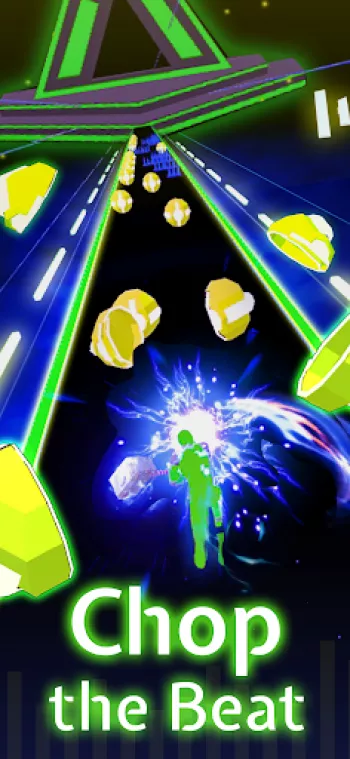




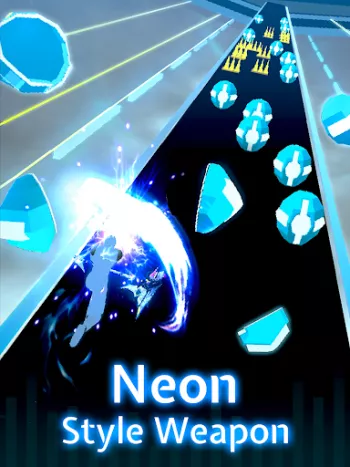
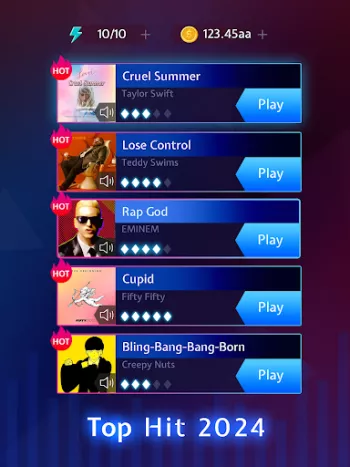
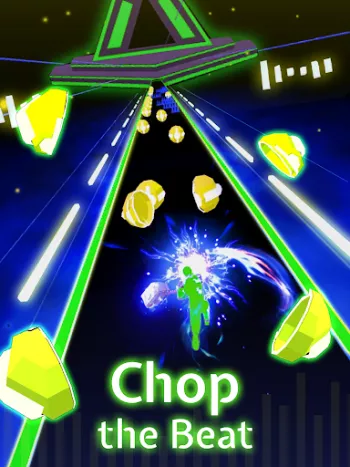








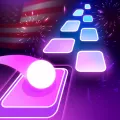

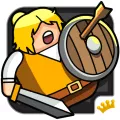












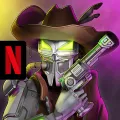


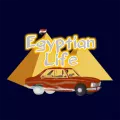
crafty _ lashae
this beat game is literal perfection. they use real songs, wide categories. they also have discord servers and other things for communication, and ...
Hosuhisepic :c
I enjoy the app like a lot!! When I saw the ads I was like "ugh one of those games" then later I saw people on tiktok enjoying the game and was lik...
HeyitsmMrMemes
i honestly expected this to be another crappy copy of another game (in this case beat saber) that just used the player for ad revenue, but surprisi...
A Google user
So. I dont ever write reviews for games cause a lot of them are a waste of time. This game, has a lot of potential. There are some bugs to fix such...
Xavier Guzman
Listen, if this game worked like it was supposed to, I would've given it a higher review, but sadly, there is only one word to explain what happene...